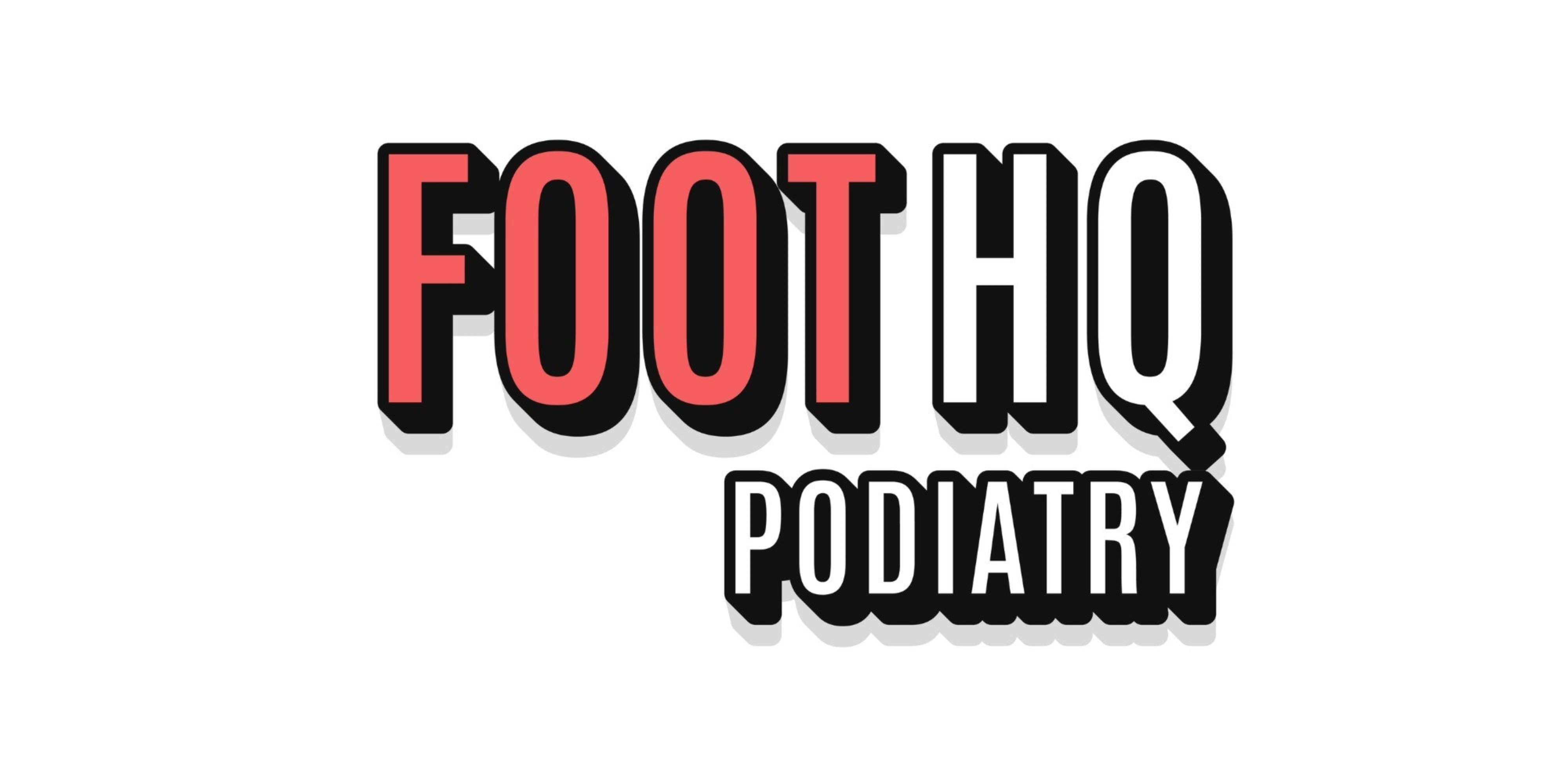Shin Splints
Podiatry for Shin Splints in Miranda: Understanding, Causes, and How to Treat Them
Do you often experience pain along the front part of your lower legs, from the knees down to your ankles? If so, you might be dealing with a common condition known as shin splints. In medical terms, it's called medial tibial stress syndrome (MTSS). Let's take a closer look at what shin splints are, what causes them, and how you can find relief.
What Are Shin Splints?
Shin splints, or MTSS, cause discomfort and pain along the shinbone, which is the front part of your lower leg. This pain can happen before, during, or after activities like running or any high-impact exercises. The increased stress on your tibia (the larger of the two lower leg bones) leads to these painful sensations.
What Causes Shin Splints?
While the exact cause isn't entirely understood, several factors can contribute to shin splints:
-
Overdoing Activities: If you suddenly increase the intensity or frequency of your workouts without proper conditioning, it puts a lot of strain on your lower legs, leading to shin splints.
-
Flat Feet: If you have flat feet, the muscles responsible for supporting the arch of your foot can pull excessively on the tendons, causing pain in the shins.
-
Poor Running Form: Incorrect running techniques, like rolling your feet inward (pronation), can strain the leg muscles and tendons, increasing the risk of shin splints.
-
Hard or Uneven Surfaces: Running on hard or uneven surfaces, especially if you're wearing old or worn-out shoes, can contribute to muscle and tendon injuries and result in shin splints.
-
Inappropriate Footwear: Wearing shoes that don't match your foot type while running can also add to the problem.
Recognising Shin Splint Symptoms:
If you have shin splints, you might experience the following symptoms:
-
Pain Along the Shinbone: Aches and pains running along the front of your lower legs.
-
Tenderness and Soreness: The affected area might feel tender to the touch.
-
Red and Inflamed Skin: You may notice redness and inflammation over the shin.
How to Treat Shin Splints:
To find relief from shin splints, you can try the following methods:
-
Rest and Ice: Give your legs a break from high-impact activities and apply ice to the painful area to reduce swelling.
-
Gentle Exercises: After the pain subsides, engage in lower leg and hip strengthening exercises to aid in recovery and prevent future issues.
-
Take It Easy: When returning to physical activity, start slowly with low-intensity exercises and gradually increase the intensity.
-
Choose Softer Surfaces: Whenever possible, opt for softer surfaces like grass to reduce the impact on your lower legs.
-
Supportive Insoles: Consider using custom-made insoles to correct any biomechanical issues and provide better support for your feet.
Visit Us in Miranda for Expert Help:
If you're struggling with shin pain or suspect you have shin splints, don't hesitate to reach out to us. Our skilled Podiatrists in Miranda are here to accurately diagnose your condition and create a personalised treatment plan for you.
Don't let 'Shin Splints' stop your from your day to day activities. Early intervention and proper care are vital for a speedy recovery and preventing future shin splints. Get back to your favourite activities without the pain - contact us today to schedule an appointment at our Miranda clinic.
Remember, taking care of your shins now means a healthier, pain-free future for your active lifestyle!
